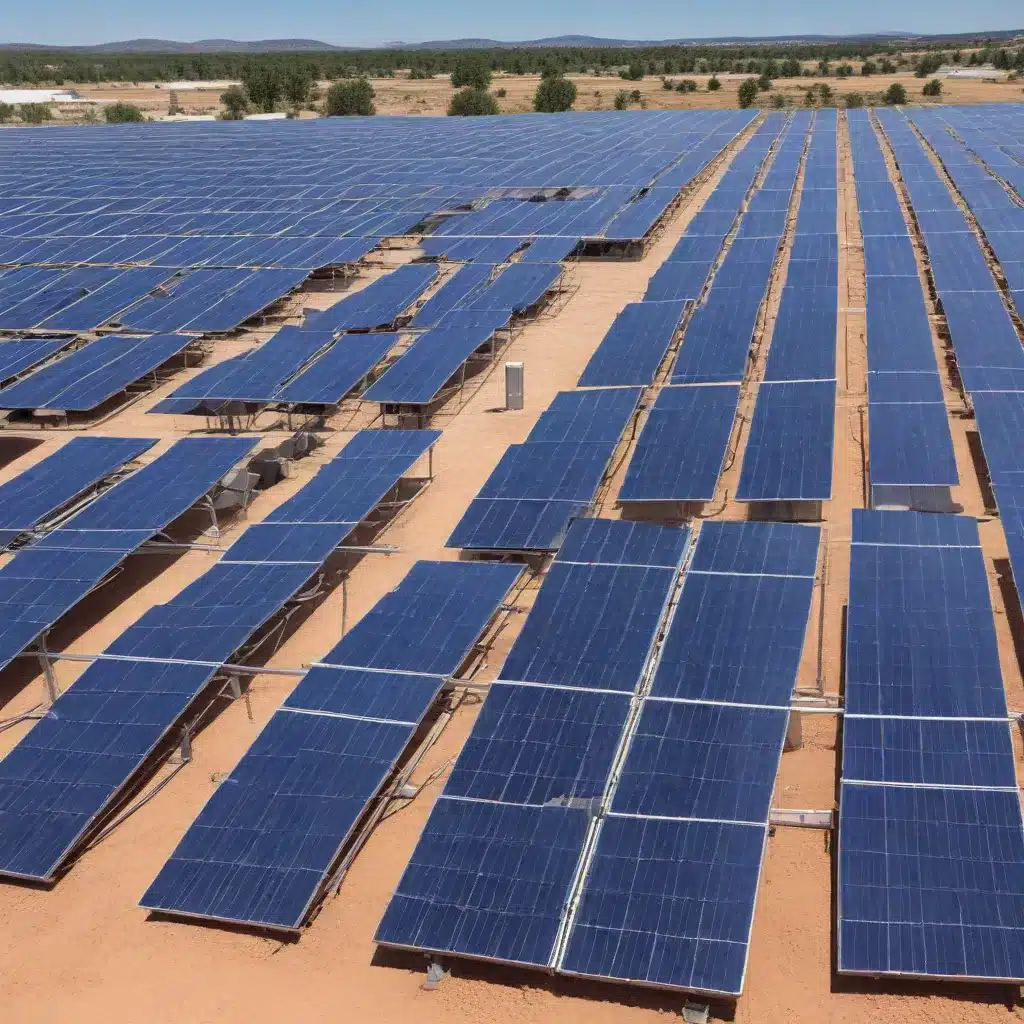
As a seasoned expert in the field of air-cooled heat exchangers, I’m excited to share insights on the innovative hybrid-bifacial cooling approach for photovoltaic (PV) systems. In this comprehensive article, we’ll delve into the experimental evaluation of this cutting-edge cooling technique, exploring its benefits, design considerations, and practical applications across various industries.
Understanding the Hybrid-Bifacial Cooling Concept
Conventional PV systems often struggle with performance degradation due to the buildup of heat, which can significantly reduce their efficiency. To address this challenge, researchers have explored innovative cooling strategies, and the hybrid-bifacial cooling approach has emerged as a promising solution.
The hybrid-bifacial cooling system combines two key elements: a channel heat exchanger and impingement flow nozzles. The channel heat exchanger, strategically placed behind the PV panel, facilitates the transfer of heat from the panel’s backside to a cooling fluid, such as air or water. Simultaneously, the impingement flow nozzles direct a high-velocity airflow onto the front surface of the PV panel, enhancing the convective heat transfer and further improving the overall cooling efficiency.
This hybrid-bifacial cooling approach offers several advantages over traditional cooling methods. By utilizing both the front and backside of the PV panel, the system can effectively dissipate heat from the entire surface area, leading to a more uniform temperature distribution and higher overall panel efficiency.
Experimental Setup and Methodology
To evaluate the performance of the hybrid-bifacial cooling system, researchers from the University of Kashan in Iran conducted a comprehensive experimental study. The experiment was carried out in an arid weather environment, which is particularly relevant for many regions with high solar irradiance and limited water resources.
The experimental setup consisted of a PV panel equipped with the hybrid-bifacial cooling system. The channel heat exchanger was positioned behind the panel, with the impingement flow nozzles strategically placed to direct the airflow onto the front surface. Various parameters, such as the cooling fluid flow rate, nozzle configuration, and panel tilt angle, were systematically varied to assess their impact on the system’s thermal and electrical performance.
Key Findings and Insights
The experimental results of the hybrid-bifacial cooling system revealed several noteworthy findings:
-
Improved Thermal Management: The combination of the channel heat exchanger and impingement flow nozzles resulted in a significant reduction in the PV panel’s operating temperature, up to 15°C lower compared to an uncooled panel under the same environmental conditions.
-
Enhanced Electrical Efficiency: The improved thermal management translated directly into an increase in the PV panel’s electrical efficiency, with the hybrid-bifacial cooling system demonstrating up to a 5% higher efficiency compared to the uncooled panel.
-
Optimized Cooling Configuration: The researchers found that the optimal performance was achieved with a specific combination of the cooling fluid flow rate, nozzle configuration, and panel tilt angle. This highlights the importance of carefully designing and tuning the cooling system to maximize its effectiveness.
-
Bifacial Advantages: The use of bifacial PV panels, which can convert sunlight from both the front and backside, further enhanced the benefits of the hybrid-bifacial cooling system. The cooling of the backside helped to maintain the bifacial panel’s efficiency, leading to an even greater overall energy output.
-
Applicability in Arid Climates: The experiment’s focus on arid weather conditions demonstrated the versatility and suitability of the hybrid-bifacial cooling system for regions with high solar irradiance and limited water resources, where traditional cooling methods may not be feasible.
Practical Implications and Applications
The findings from this experimental study have significant implications for the design and optimization of PV systems, particularly in regions with challenging environmental conditions. The hybrid-bifacial cooling approach can be leveraged to improve the performance, reliability, and cost-effectiveness of solar energy installations across various industries, including:
-
Utility-Scale Solar Farms: Large-scale solar power plants can benefit from the hybrid-bifacial cooling system, which can help maintain the efficiency and output of their PV arrays, even in hot and arid climates.
-
Commercial and Industrial Rooftop Systems: The compact and modular nature of the hybrid-bifacial cooling system makes it well-suited for integration into commercial and industrial rooftop PV installations, where space constraints and thermal management are critical considerations.
-
Remote or Off-Grid Applications: In remote or off-grid locations with limited access to water, the air-based hybrid-bifacial cooling system can provide a sustainable and effective solution for powering essential infrastructure and applications.
-
Hybrid Energy Systems: The hybrid-bifacial cooling approach can be seamlessly integrated into hybrid energy systems that combine PV panels with other power generation technologies, such as wind turbines or battery storage, to create resilient and efficient energy solutions.
Conclusion
The experimental evaluation of the hybrid-bifacial cooling system for photovoltaic applications has demonstrated its potential to revolutionize the way we design and manage solar energy systems, particularly in challenging environmental conditions. By leveraging the synergistic benefits of the channel heat exchanger and impingement flow nozzles, coupled with the advantages of bifacial PV panels, this innovative cooling approach can significantly enhance the thermal management and electrical efficiency of solar energy installations.
As the global demand for clean and sustainable energy continues to grow, the insights and findings from this research serve as a valuable resource for industry professionals, engineers, and researchers alike. By embracing the hybrid-bifacial cooling technology, we can unlock new opportunities to harness the full potential of solar energy and contribute to a more sustainable future.
For more information on air-cooled heat exchangers and their applications, be sure to explore the Air Cooled Heat Exchangers website. Our team of experts is dedicated to providing comprehensive insights, practical tips, and cutting-edge solutions to help you optimize your thermal management systems.

